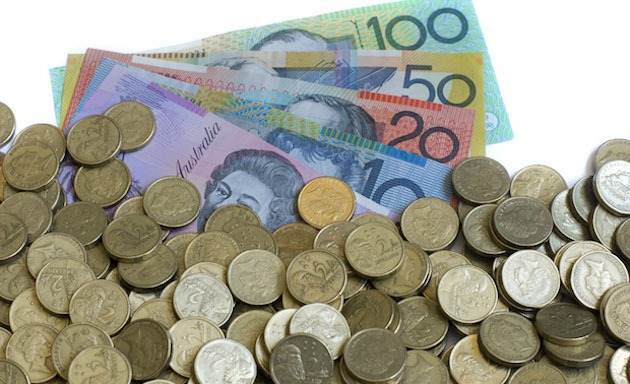23 January 2017
by Stephen Koukoulas
It’s time to be blunt about economic management in Australia. It’s dreadful.
The proof is that economic growth is floundering despite strong global conditions, unemployment has gone from among the lowest in the industrialised world to one of the highest, and inflation is below the bottom of the Reserve Bank target yet interest rates are still high compared with similar economies.
What is going on?
One vital issue has been the collapse in mining investment which has undermined overall economic growth. But this was and is no surprise. The priority for policy makers should have been to ensure the non-mining parts of the economy were growing even faster, locking in real GDP growth at 3% or a little more and striving for an unemployment rate at 5% – or less.
One major failure on this score was the RBA. It has failed to handle monetary policy in the post-global crisis era with much acknowledgment of the crisis legacy of entrenched low inflation.
When inflation was in freefall from the middle of 2014, the RBA was in denial about the extent of the disinflaton pressures as Australia’s terms of trade collapsed and rather inappropriately set economy-wide interest rates for a house price problem that could have and should have been addressed with other policy levers. In other words, interest rates were too high for too long.
The RBA was also blind to what was happening in the rest of the world. Most industrialised countries set interest rates at zero or less many years ago and they are now reaping the reward of this pro-growth approach. They are growing and unemployment is falling.
The RBA refused to cut interest rates early or hard. It’s odd to think that less than a year ago, the RBA pig-headedly kept interest rates at 2% despite inflation falling below its target range. This crimped investment and spending and meant the Australian dollar was artificially strong. Even with two cuts last year, rates are high relative to the rest of the world and the RBA has still failed to hit the inflation target.
Had the RBA done the right thing and sliced interest rates more aggressively a few years ago the economy would be stronger now.
One factor behind the reluctance to reduce rates was the persistent strength of house prices. The RBA (rightly) thought that lower interest rates would add fuel to house prices. The policy failure here, as noted, was the head in the sand approach to policies other than interest rates to cool the excesses in housing. The RBA and the government had a wet-lettuce approach to the other policy levers such as stricter macro prudential rules for lenders that could have cooled housing demand. In addition, the federal government could have changed negative gearing tax rules and capital gains tax concessions. It didn’t.
Nor did the government help by delivering a confidence-destroying budget just as the economy was faltering in 2014. While it has back-tracked on some of the policies from that time, its insistence on budget “repair” implies something badly flawed or broken with the budget. The result is that business and consumer confidence are impaired and investment and spending held back.
As 2017 kicks off and the government is starting to prepare for the budget in May, it must be noted that there are more than 740,000 people unemployed and a further 1,090,000 underemployed. The current rate of GDP growth is around 2% and does not look likely to get to the 3% or more needed to cut unemployment and increase incomes. Wages growth is at a record low and confidence measures are generally subdued.
While there remains little chance of a recession, ongoing sluggish growth will leave unemployment high and confidence weak. The RBA and government need to recast the policy framework and look to kick start a sluggish economy.

